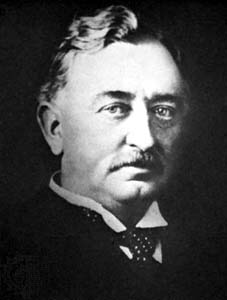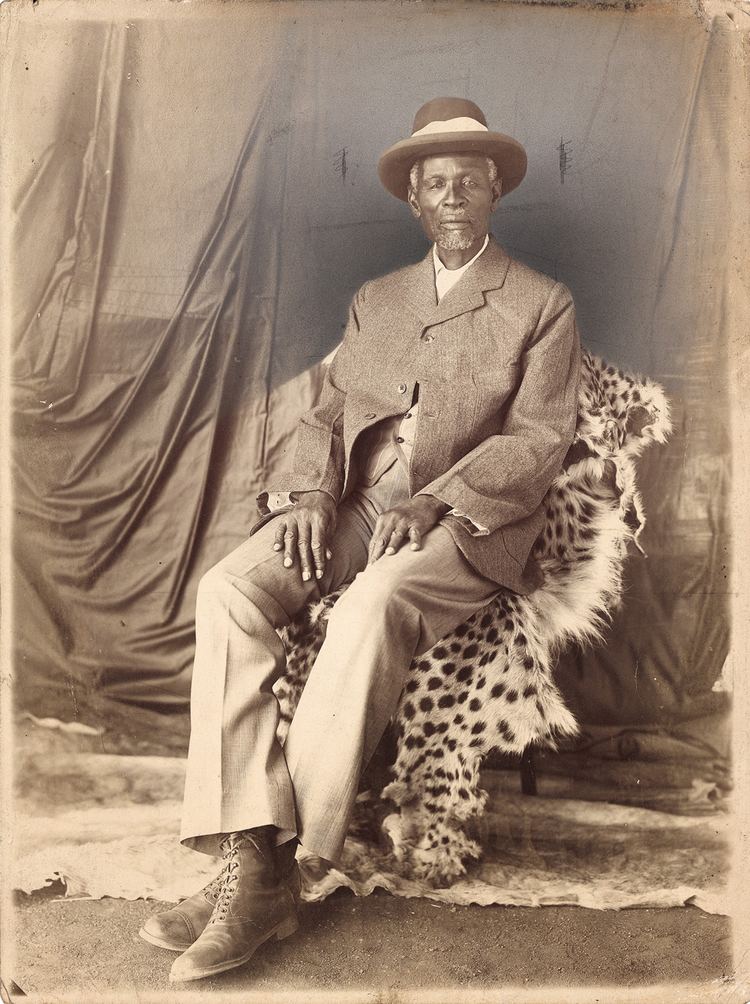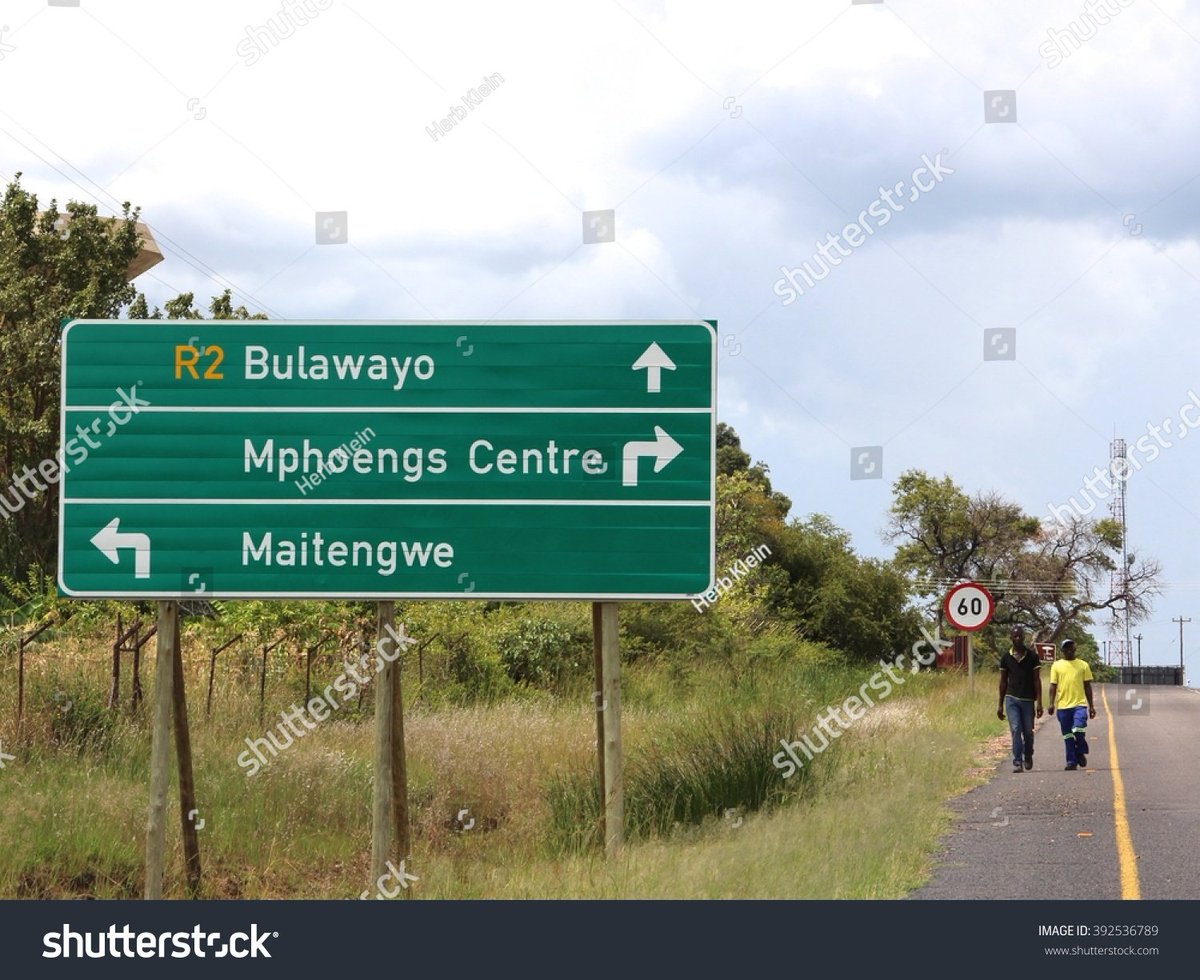
1. HOW CECIL RHODES RELOCATED THE XHOSA (AMAMFENGU) & THE TSWANA TO MATABELELAND🇿🇼
Umnxeba...🧵
In the previous threads we discussed the role played by various African groups in aiding Cecil Rhode's Pioneer Column to defeat King Lobhengula and the Ndebele in 1892/3.
Umnxeba...🧵
In the previous threads we discussed the role played by various African groups in aiding Cecil Rhode's Pioneer Column to defeat King Lobhengula and the Ndebele in 1892/3.

2. The three main African groups that assisted the Pioneer Column were the Tswana, Shona and Xhosa. The Tswana under Kgosi Kgama III raised a Tswana force of approximately 2 battalions equipped with superior weapons. The Shona also voluntarily joined the Pioneer Column forces. 

3. After the defeat of King Lobhengula, Rhodes had an ambitious plan to settle pro-British Africans to act as a buffer between the Ndebele people and the whites who had established themselves in Bulawayo. It was his hope that these Africans would neutralise the Ndebele.
4. This project was implemented by relocating pockets of Xhosa and Tswana people from their countries to Matabeleland. The project was implemented
until 1902 when Rhodes died.
until 1902 when Rhodes died.
5. Rhodes managed to successfully relocate two Tswana (Ngwato) chiefs, Raditladi and Mphoeng, to the Mangwe district of Plumtree, with the hope that they were going to neutralise the Ndebele. The two chiefs established vibrant Tswana communities in Mangwe. 

6. Rhodes offered the Xhosa land in Southern Rhodesia at three locations, namely Mbembesi, Nyamandlovu and Matobo. Each man was to work for 3 months in a year & after accumulating 36 months of labour, they would be given five morgen of land.
7. This generous offer and incentives could not be resisted. The first group of the Xhosa boarded the train from Transkei to Bulawayo, via Mafikeng, in 1899. The second group made the trip in 1900.
8. The two groups were settled in Mbembesi, in what came to be known as the “Fingo Location.” However, the other group scheduled to arrive in 1902 did not undertake the trip as the Anglo-Boer war prevented their travel.
9.Further, Rhodes died in 1902 and the Company Administration in later years reneged on the verbal promises that Rhodes had made to the Xhosa as part of a package for them to create a cordon surrounding the Ndebele who were perceived to be a warlike people.
10. Xhosa clans that settled in Mbembesi included : Mpengesi, Majozi, Radebe, Nyilika, Mbethe, Dywili, Nzombane, Hlazo, Sojini, Ndondo, Kona, Majola, Mniki and Mzizi. Xhosa villages to date include Marhawana, Madluntsha, Ngxingweni, Mantanjeni, Maqaqeni, Mbethe & Ndakana
11. In the first decade of colonial rule the Xhosa provided the first African working class to the emerging colonial economy of Bulawayo.They were by far the most educated Africans in Southern Rhodesia and received special treatment from the colonial government.
12. They further worked as the first railway porters, clerks, and shop assistants in the new town of Bulawayo. In these early days, immigrant Black South Africans, were paid substantially more than the local Africans for the same work.
13. By 1925, all African land-owners around Bulawayo were black immigrants from South Africa. The biggest black land owners around Bulawayo were M.D. Makgatho & David Mogale, who had bought an 89 acre plot at Riverside in 1904.
14. However, this prosperity was later curtailed as the BSA Company reneged on promises to allocate more land, and later treated the Black South Africans oppressively like the indigenous black Rhodesians.
THE END 📜
THE END 📜
• • •
Missing some Tweet in this thread? You can try to
force a refresh















